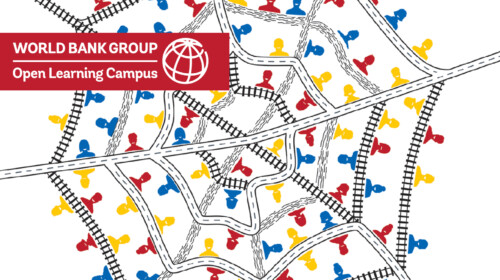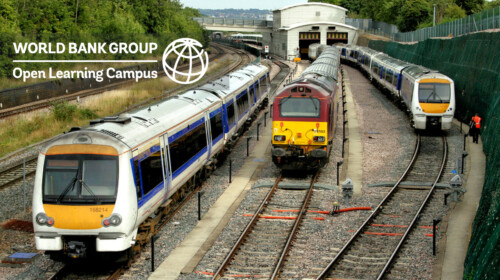The course reviews case studies of past and recent corridor initiatives, provides rigorous analysis of the literature on the spatial impact of corridors, and offers assessments of corridor investment projects supported by international development organizations. A series of spotlights examines such issues as private sector co-investment; the impacts of corridors on small enterprises and women; and issues with implementing cross-border corridors.
The course aims to introduce its participants to a sound empirical methodology that could ensure that the social and economic benefits of transport corridor investments are more widely and equitably spread, and possible negative impacts such as congestion, environmental degradation, and other risks or unintended consequences are minimized or avoided.
The appraisal perspective and methodology introduced in this course shows how the web of interconnected elements around corridors can be disentangled and the most promising corridor proposals—the ones with the greatest wider economic benefits (WEB)—can be selected.
Transport corridors—large highways, railways, and waterways connecting countries and continents—offer enormous potential to boost Asia’s economic growth, spur job creation, and reduce poverty, if the new trade routes spread their benefits widely and limit negative environmental impacts. But countries need to change the mindset that transport corridors are mere engineering feats designed to move along vehicles and commodities. They must develop investment programs based on sound economic analysis of how corridors can help spur urbanization and create local jobs, while minimizing negative environmental impacts. The analysis must specifically ensure that local populations whose lives are disrupted by the new infrastructure can equally reap the benefits from better transport connectivity. The hard truth is that corridor initiatives may create both winners and losers. However, well-designed investment programs can alleviate potential adverse impacts and help local people reap the benefits more widely.
Target Audience
The course is aimed at politicians, technocrats, civil society organizations, and businesses who are interested in becoming advocates for fair and transformative corridors—corridors that benefit many big and small firms as well as local communities not only large corporations in foreign trade. Corridors that average Joe and Jane can use to seize better jobs, greater development opportunities. Corridors that do not trade increases in income for worsening air pollutions or deteriorating environmental quality.
Learning Objectives
Learn how to appraise transport corridors programs to ensure their socio-economic benefits are widely spread and any negative impacts minimized. The objective of this e-course is to enable participants to:
- Learn about the successes and challenges of historical, recent, and planed transport corridors around the world and in South Asia.
- Gain a solid understanding of how to assess the wider economic impacts of large transport infrastructure.
- Distinguish between various transmission mechanisms and intermediate outcomes through which wider economic benefits are achieved.
- Learn about complementary policies to enhance the positive socioeconomic impact of transport corridor.
- Gain awareness of potential negative impacts of transport corridors, especially those to environmental degradation, traffic congestion, regressive redistribution and social exclusion.
- Familiarize with rigorous methodologies that provide a holistic appraisal of large transport infrastructure projects.
- Obtain insights into the financing and implementation of corridors.









